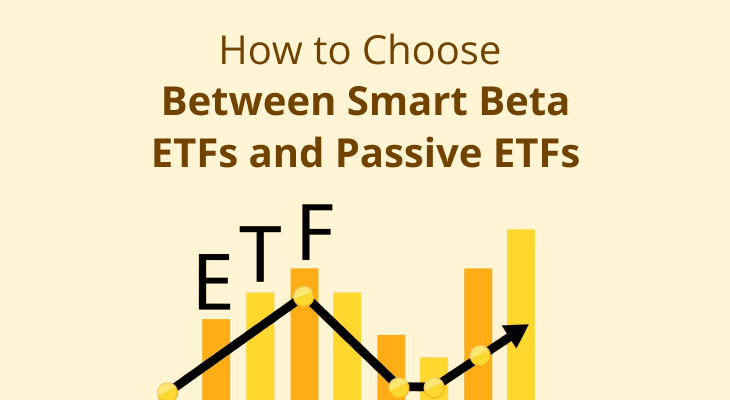Learn all about Share Market
How to Choose Between Smart Beta ETFs and Passive ETFs?
26 December 2025 | 11 mins read
ETFs trade on stock exchanges just like shares. They bundle a collection of securities into a single instrument that you can buy or sell through your broker. ETF adoption has increased rapidly in recent years, with total assets under management in the ETF segment rising markedly as retail and institutional interest grows. As of mid-2025, ETF AUM was reported at around ₹8.5 lakh crore, up substantially from earlier years. This growth reflects both broader mutual fund expansion and targeted investments by large institutions.

What Is an Employee Stock Purchase Plan (ESPP)?
26 December 2025 | 13 mins read
Many companies across the world, including multinational organisations with a large presence in India, provide employee stock purchase plans to support long-term wealth creation for their workforce. These plans have been around for decades, but interest has grown in recent years because employees want more ways to build financial stability. As salaries rise gradually and market-linked earnings gain popularity, you may want to explore additional ways to grow your money. An ESPP is one such option that gives you the chance to buy company shares at a price lower than the current market rate. Employee stock purchase plans are usually offered by listed companies or subsidiaries of listed global parent companies. Indian employees who work for multinational firms often get access to these plans because the parent company manages the programme at a global scale. These plans not only encourage you to feel more invested in the company’s performance but also offer an opportunity to build financial value in a structured and disciplined manner.

What is Fair Market Value and How to Calculate It?
26 December 2025 | 12 mins read
When you deal with financial assets, personal property, real estate, securities, or even employee stock options in India, you will often come across the term fair market value. It appears in tax filings, investment planning, insurance evaluation, and even during the transfer of assets from one person to another. Although people use the term frequently, many still feel uncertain about how it truly works.

What is Share Dilution and How Does It Affect?
26 December 2025 | 13 mins read
When you buy shares in a company, it’s easy to think that your ownership percentage will remain constant. In reality, that stake can change over time, especially when the company issues new shares to raise capital or fulfil other obligations. This reduction in your ownership proportion is known as share dilution, and understanding the dilution of shares meaning becomes important if you actively follow markets or invest with a long-term view. Dilution doesn’t automatically signal something negative, but it does influence how much control you hold, how earnings are distributed and, at times, how the market values your investment. New shares might be created for employee stock options, acquisitions or fundraising rounds, each of which increases the total share count. Because your shareholding percentage adjusts when this happens, it’s crucial to know why dilution occurs and how it might shape future returns.

BSE Trading Holidays 2026: Full List of Stock Market Holidays
24 December 2025 | 5 mins read
Keeping track of stock market holidays is an essential part of smart investing. Beyond monitoring prices and market trends, knowing when the Indian stock exchange is closed helps investors plan trades, manage liquidity, and stay aligned with settlement cycles.

What is Venture Capital?
24 December 2025 | 11 mins read
Venture capital is a form of private equity funding supplied to companies at early or growth stages that are not yet able to access public markets or bank finance easily. Investors provide capital in exchange for an ownership stake, typically common or preferred shares, or instruments that convert to equity later. The central aim of venture capital is to support the company through product development, market entry, scaling and eventual monetisation of value. The investor accepts high risk in expectation of returns that can substantially exceed what conventional investments produce.

What is stock market bubble and its different stages?
24 December 2025 | 14 mins read
In recent years, talk of a market bubble has grown louder among investors, analysts, and policymakers alike. For someone participating in the stock market, understanding what a stock market bubble is, how it forms, and what risks it poses can help you make more informed decisions. A bubble is not just a temporary rally or a strong bull run. Rather, it is a speculative phenomenon where prices detach from underlying fundamentals, creating the risk of a sharp correction.

What is Volume-Weighted Average Price Strategy?
23 December 2025 | 11 mins read
The Volume-Weighted Average Price strategy has become one of the most practical tools for intraday traders in India. You will find it on almost every charting platform, and both retail traders and institutions continue to rely on it for fair price assessment and precise order execution. As markets have evolved in terms of liquidity, trading volumes and participation, indicators that combine both price and volume have grown more important. VWAP is one such indicator. It gives you a clearer sense of the average price at which a stock has traded during a session, adjusted for the number of shares exchanged at different price levels.
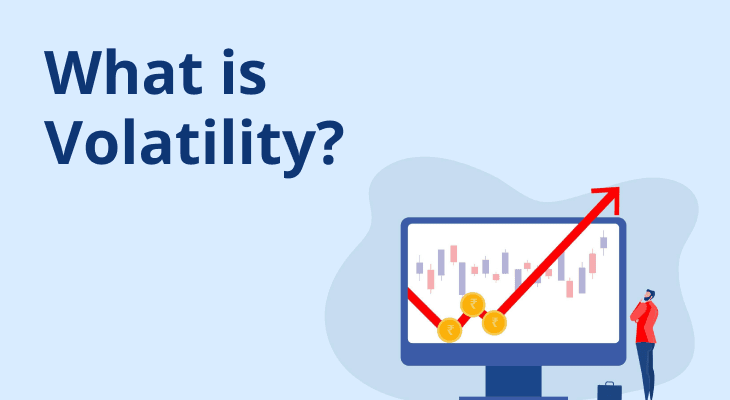
What is Volatility? Decoding Market Volatility for Investors
23 December 2025 | 13 mins read
Volatility is one of the most commonly used terms in the stock market, yet it is often misunderstood. New investors hear statements such as the market was volatile today or volatility is rising, but do not fully grasp what this movement means or how it directly impacts their investments. At its core, volatility describes how much and how quickly prices move. When the market is stable, price changes are small and gradual. When the market is volatile, prices swing sharply within short periods. These movements reflect investor sentiment, economic expectations, earnings results, global events, and future uncertainty. Understanding volatility is crucial because it influences everything from portfolio returns to risk management. It affects how stocks, indices, mutual funds, ETFs, and even derivatives behave. Whether you invest in equity, debt, or hybrid funds, knowing how volatility works helps you make smarter and more confident decisions.

What Is a Stock Screener?
22 December 2025 | 15 mins read
Selecting the right stocks often becomes challenging when the market offers thousands of choices, each reacting to different fundamentals, technical trends, and news events. Without a structured approach, you may find yourself overwhelmed, relying on assumptions rather than informed judgment. This is where stock screeners can transform your investing process. A well-designed screener filters through the entire market and highlights only those stocks that match your preferred criteria, whether that is strong growth, attractive valuations, technical momentum, or exceptional fundamentals. Stock screeners not only save time but also remove emotional bias from your decisions. They help you compare companies objectively, identify patterns quickly, and discover opportunities that may not be visible at first glance. For investors and traders who want to follow a disciplined method, a stock screener becomes one of the most reliable research tools.
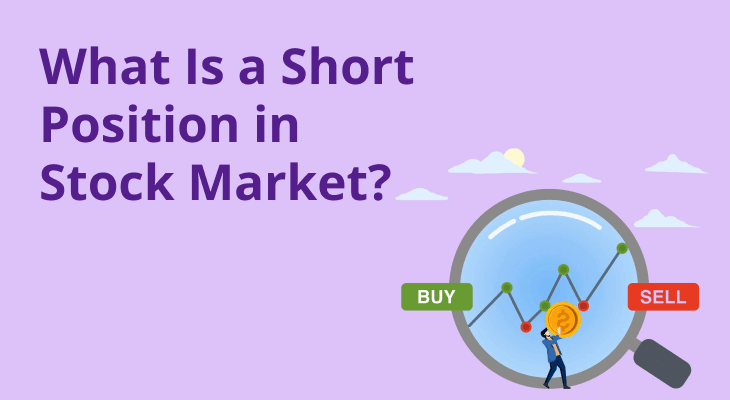
What Is a Short Position in the Stock Market?
22 December 2025 | 11 mins read
Learning how to navigate both rising and falling markets is an essential part of becoming a well-rounded trader, and understanding the short position plays a major role in that process. Unlike the typical buy-and-hold approach, a short position allows you to earn a profit when a stock’s price moves downward. Instead of staying on the sidelines when you anticipate a decline, you can take a short position, which involves selling the stock first and repurchasing it later at a lower price if your expectation is correct. This strategy gives you the flexibility to respond during weak market conditions, disappointing earnings announcements, or sector-wide corrections. Since short selling involves borrowed shares and a distinct risk structure, knowing the short position meaning is important before using it. A short position becomes particularly valuable when a stock looks overvalued, shows deteriorating fundamentals, or breaks key technical support levels. By understanding how short selling works and how short position stocks typically behave, you can make better-informed decisions when markets turn bearish.
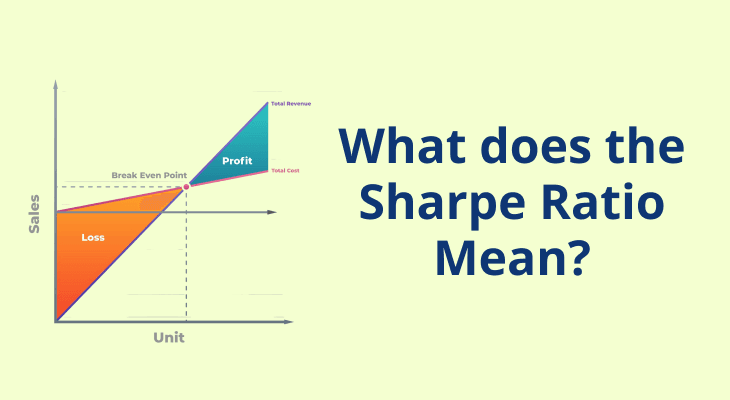
What does the Sharpe Ratio Mean?
22 December 2025 | 14 mins read
When you start evaluating investments seriously, you realise that returns alone don’t reflect the full picture. Two funds may look equally attractive on paper, yet one could have delivered those returns with large, unpredictable swings, while the other did so with steady, manageable movement. This difference in stability can drastically shape your experience as an investor. The Sharpe ratio helps you recognise and quantify this difference. By comparing excess returns to the volatility involved, it allows you to judge whether an investment is genuinely efficient or simply risky. Understanding the Sharpe ratio meaning empowers you to make more informed choices, especially when comparing funds, assessing risk, or building a long-term portfolio. Instead of relying on assumptions, you use a clear, objective measure to decide whether an investment is worth your trust.

What is Yield to Maturity (YTM)?
22 December 2025 | 10 mins read
When you step into the world of bonds and fixed-income investing, it quickly becomes clear that returns are not as simple and smooth as they appear. You may see a bond promising a certain interest rate, but the actual return you earn depends on much more than the coupon printed on it. This is where Yield to Maturity (YTM) becomes an essential concept to understand. YTM brings together the bond’s current market price, the interest payments you’ll receive, and the amount you get back at maturity to show your total expected return if you hold the bond until the end of its term.
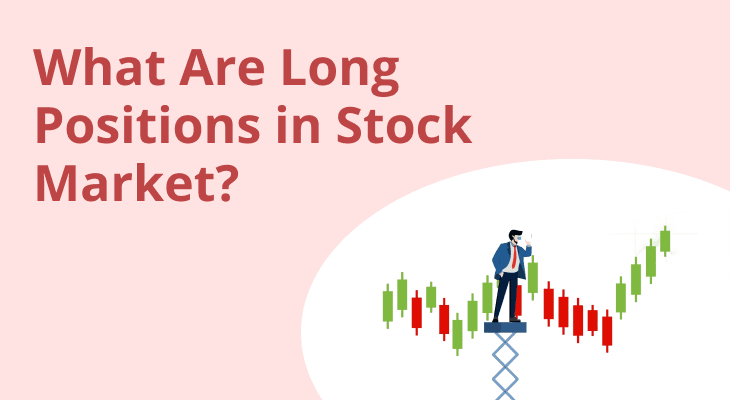
What Are Long Positions and How Do Traders Use Them?
22 December 2025 | 14 mins read
When you step into the world of investing or trading, knowing the different concepts or ideas is a necessity to begin your financial journey. Long position is one of those concepts. It forms the base of most investment strategies because it reflects a simple idea: you buy an asset with the expectation that its price will rise. This approach aligns with how markets naturally grow over time, making it a preferred choice for new and experienced investors alike. Whether you’re aiming for modest gains or long-term wealth, understanding the long position meaning and its usage methods and timings is vital.
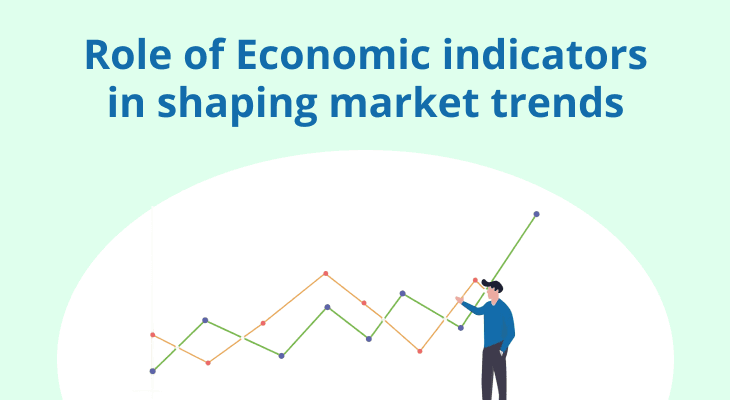
What is the role of economic indicators in shaping market trends?
22 December 2025 | 14 mins read
Understanding how an economy moves is a crucial part of becoming a thoughtful investor. Whether you invest long term, trade actively, or track the market casually, economic indicators help you interpret the direction of growth, inflation, employment, and financial stability. Economic indicators play a central role in helping you understand how the economy is evolving and what that means for your investments. When you follow these indicators consistently, you gain a clearer sense of whether businesses are expanding, consumer spending is strengthening, or inflation is rising.
